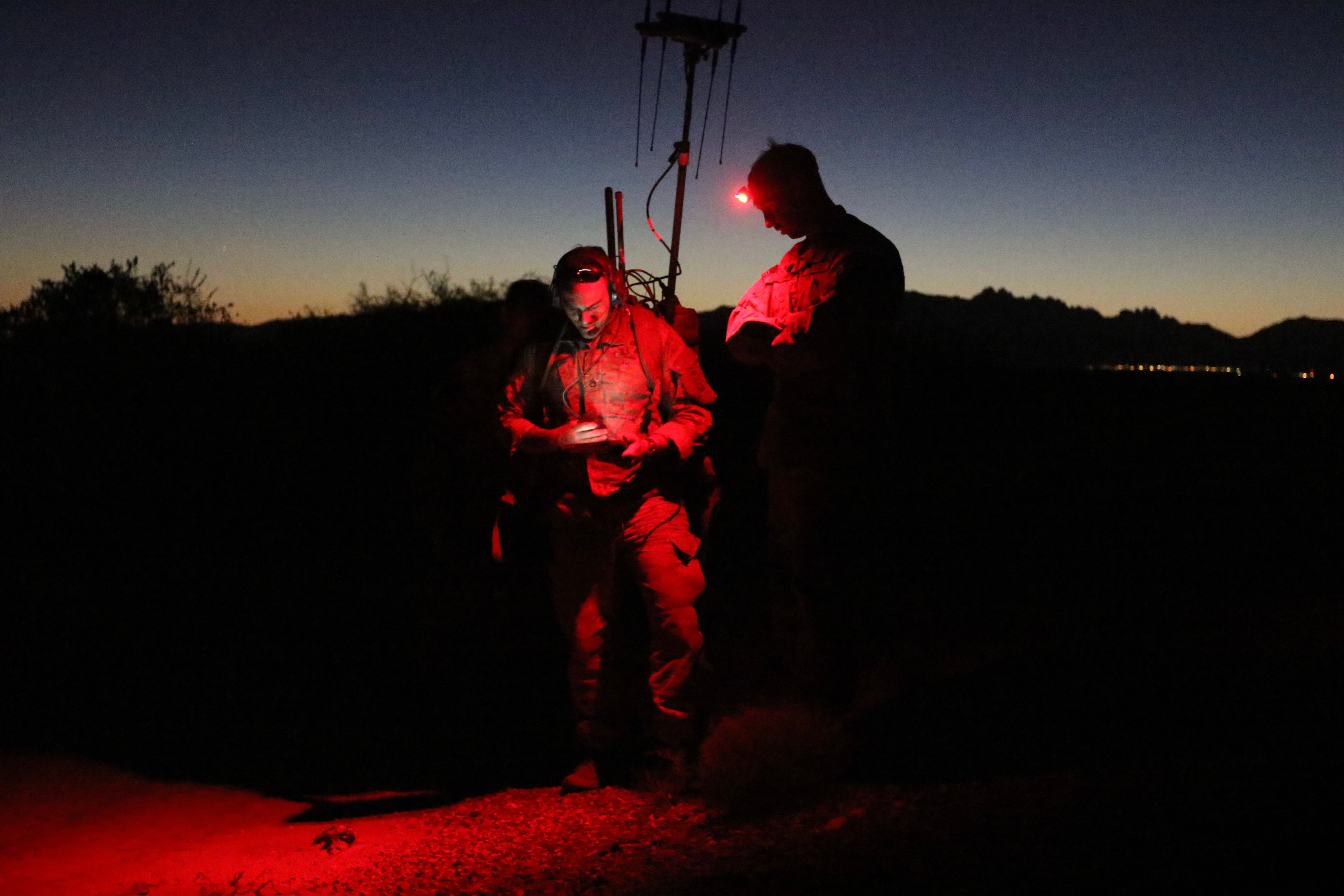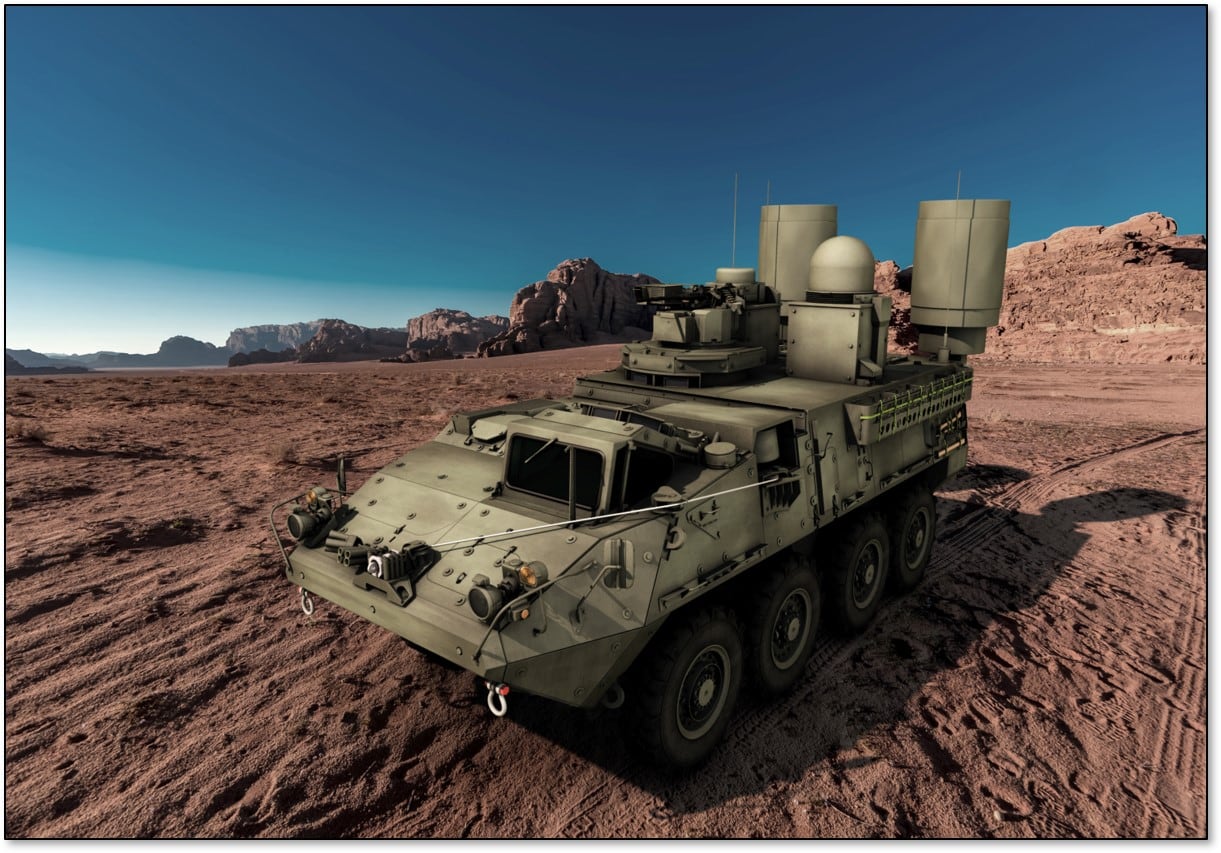WASHINGTON — As Lockheed Martin works on the U.S. Army’s first ground-based integrated signals intelligence, electronic warfare and cyber system, the company is placing a heavy focus on coalition interoperability.
The Army awarded Lockheed a $6 million other transaction authority contract — a highly flexible contracting tool — in May to build the first phase of the Terrestrial Layer System-Large. Boeing subsidiary Digital Receiver Technology also won an award for the program for $7.6 million. The two companies will build and outfit their systems to Stryker vehicles during the 16-month-long phase one, while also participating in operational assessments, after which the Army will choose one company to move on.
John Wojnar, director for cyber and electronic warfare strategy at Lockheed, told C4ISRNET in a July interview that the company had a keen eye toward integrating its system with international partners as well as the Army, given the U.S. military doesn’t fight alone.
“Being able to bring in our coalition partners, maybe starting with the Five Eyes first and in particular the U.K., and aligning the architecture that we provided … really drove us to the architecture that we came up with,” he said.
RELATED

He added that Lockheed examined the building blocks of the U.K.’s cyber and electromagnetic activities to help inform the offering. Being in close partnership with coalition members is key, he said, so whatever architectures the company designs should be interoperable with partners to maximize effectiveness on the battlefield.
Lockheed’s system was an internal research and development project that is a companion of sorts to its aerial cyber/electronic warfare system Silent Crow, which the Army awarded a year ago for its Multi-Function Electronic Warfare-Air Large system.
Wojnar said the ground system went through testing in September at the Army’s Cyber Blitz event, which helps the service understand how to mature cyber and electronic warfare operations with traditional units through actual experimentation with emerging technologies and soldiers at Joint Base McGuire-Dix-Lakehurst.
“Based on lessons learned from those tests as well as the other activities that have been underway tied to Silent Crow IRAD, we were able to leverage the best of the best to then come up with our TLS-Large system offering,” he said.
The work that will be ongoing between now and next summer when the first phase of TLS wraps up, Wojnar added, includes ensuring all the component parts developed internally and externally have been acquired and integrated into the ground vehicles, as well as conducting a variety of software drops.
Mark Pomerleau is a reporter for C4ISRNET, covering information warfare and cyberspace.








